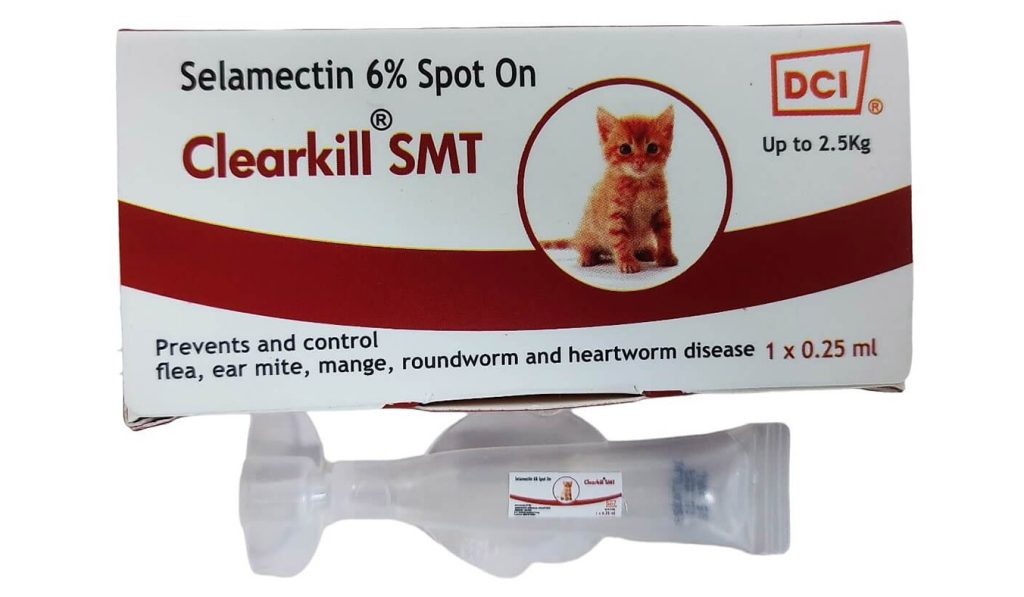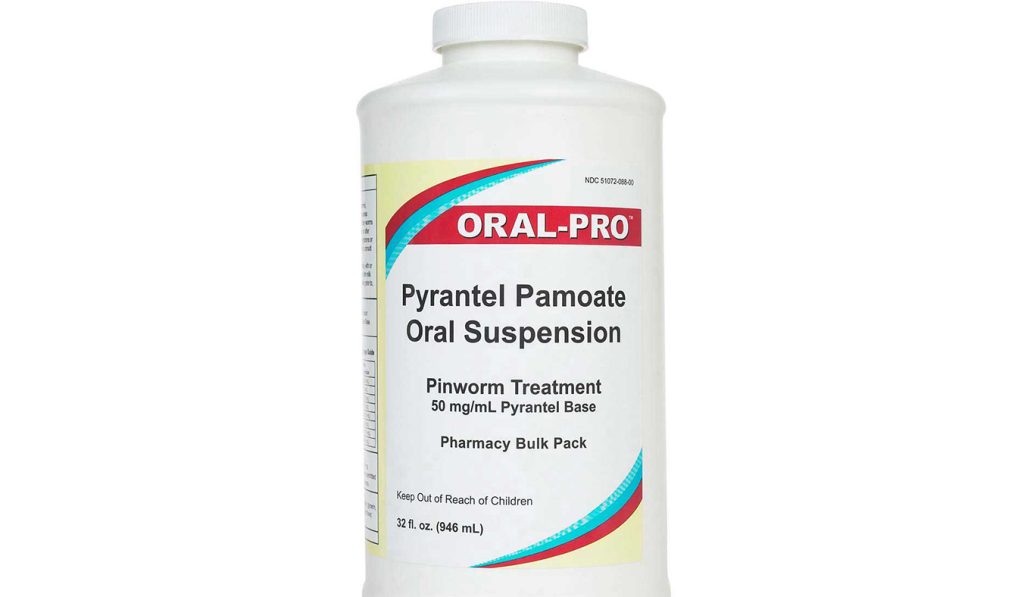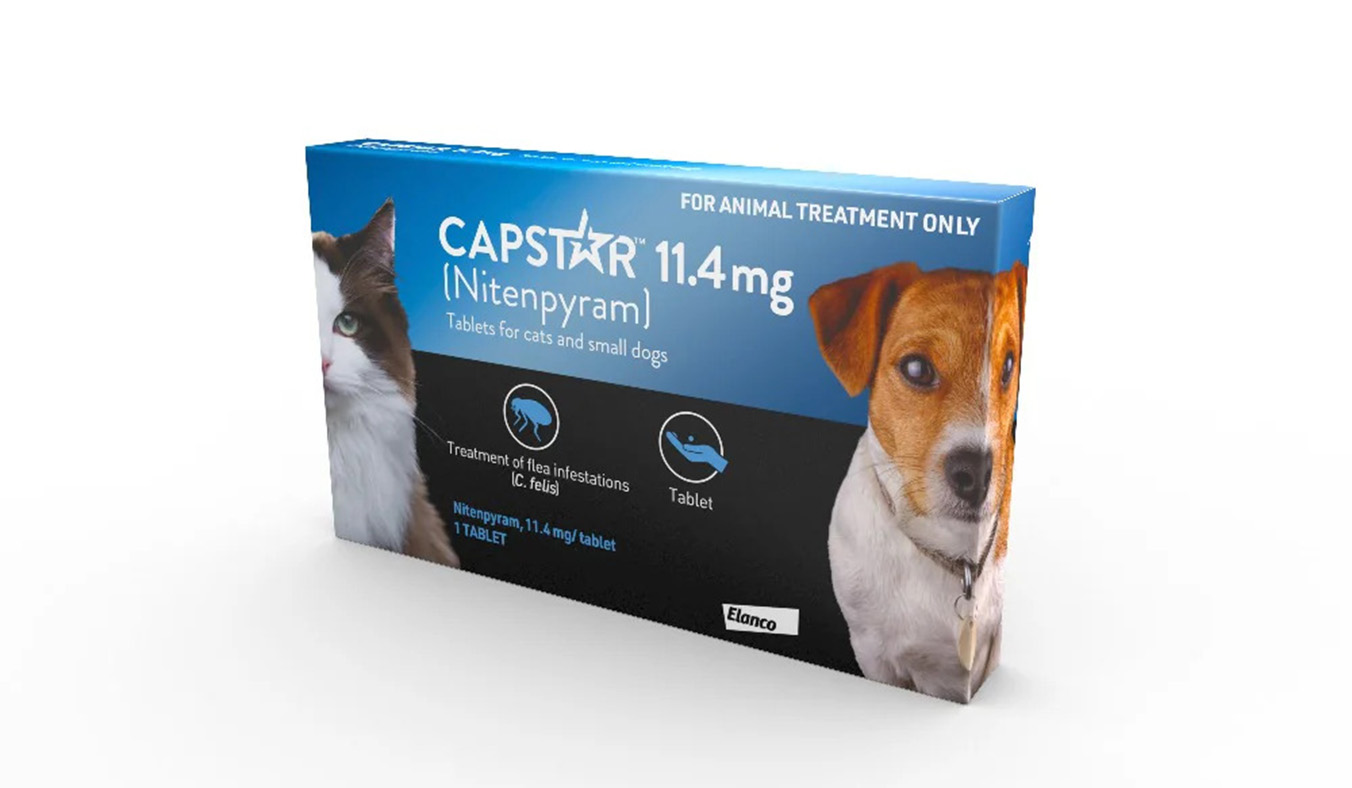Every October, as temperatures start to drop in the UK and the days grow shorter, pets begin to spend more time curled up indoors. Many people assume that the worries of fleas, ticks, and other parasites fade away with the summer heat. But in my experience, autumn is actually the true test of a pet owner’s health management skills. Fleas remain active during this season, especially in warm indoor environments, and some internal parasites seize the opportunity presented by shifting weather to strike.
After years of living with three pets, preventing fleas and parasites has become one of my top concerns every autumn and winter. I’d like to share some of my hard-earned lessons and practical advice in hopes of helping other pet owners prepare in advance and avoid these invisible enemies from harming their furry companions.
Fleas Stay Active in Autumn? Don’t Be Fooled by the Cold
One of the biggest misconceptions is that fleas are only a summer problem. I used to believe that too — that once the weather turned cold, fleas would just die off. But one October, I noticed my cat Toto furiously scratching. When I checked his fur, I found it crawling with fleas and flea dirt.
That’s when I learned the hard truth: fleas are incredibly prolific breeders, and they love warmth. When outdoor temperatures drop, they seek refuge indoors — particularly in cozy, humid spots like carpets, sofa crevices, and pet beds. The moment your central heating kicks in, their lifecycle resumes without pause.
Since then, I’ve developed a rigorous flea-prevention routine every October, even if I haven’t seen any signs of infestation. Here’s what I do:
• Consistent use of flea treatments: I never skip monthly doses, whether it’s a topical treatment like Fipronil or oral meds like Nitenpyram.
• High-temperature washing of pet items: Every week, I wash pet beds, blankets, and toys in water over 60°C and dry them on high heat.
• Vacuuming + natural flea sprays: My vacuum has a HEPA filter, and after cleaning, I spray natural flea control products in corners, especially around carpets and under furniture.
• Regular flea checks during cuddle time: Every time I stroke my pets, I check their fur for black specs (flea droppings) or actual fleas.
After two years of consistency, I rarely deal with full-blown flea outbreaks anymore. But if you’re dealing with fleas for the first time, don’t underestimate them — they reproduce rapidly. Miss just a few eggs, and in a few weeks, you’ll be back to square one.

Internal Parasites: Invisible But More Dangerous
While fleas are visible and annoying, internal parasites are stealthy and potentially deadly. My dog Rex once contracted toxoplasmosis, which taught me that internal parasites are far more harmful than just causing a bit of diarrhea.
- Common internal parasites and their symptoms:
• Roundworms: Often found in puppies and kittens. Symptoms include a bloated belly, weight loss, and visible worms in feces.
• Hookworms: Can cause anemia and weakness, especially in growing pets.
• Tapeworms: Transmitted through fleas, often cause anal itching and scooting behavior.
• Whipworms, coccidia, and giardia: More common in multi-pet households or pets that spend time outdoors. These can cause persistent diarrhea and dehydration.
- Deworming is not a one-time task
Many believe that pets only need deworming when they’re young. In fact, parasite control should be a lifelong routine. My approach includes:
• Monthly internal deworming, alternating between oral and spot-on treatments.
• Quarterly fecal tests to check for parasite eggs.
• Cleaning paws after outdoor walks, especially in damp autumn conditions where parasites thrive.
- Human family members also need protection
Parasites like toxoplasma and tapeworms can be transmitted to humans through contact. This is especially risky for children and immunocompromised adults. My protective measures include:
• Regular cleaning of pet bowls and grooming tools.
• Using pet wipes to clean their paws and bottoms.
• Washing hands after handling pets.
• Preventing pets from licking faces or open wounds.
High-Risk in October: The Dangerous Flea-Tapeworm Combo
I need to emphasize this particular danger. Fleas are not just bloodsuckers — they’re also intermediate hosts for tapeworms. That means if your pet accidentally eats a flea while grooming, they could become infected with tapeworm larvae. One autumn, this exact sequence happened in my home: flea infestation → tapeworm infection → severe diarrhea, weight loss, and fur loss in my dog. It took two full months for him to recover.
That’s why October’s parasite control should always address both fleas and internal parasites. I recommend a full “Autumn Dual Deworming Plan,” which includes:
• Using a broad-spectrum topical treatment (e.g., Selamectin or Moxidectin).
• Combining it with an oral dewormer containing Pyrantel and Praziquantel.
• Visiting your vet for a health check before starting if you’re unsure of your pet’s condition.

Natural Remedies: Useful, But Not a Replacement
Many people ask me if there are natural ways to repel parasites without chemical treatments. I’ve tested a few, and here are the ones that worked moderately well for me:
• Diluted apple cider vinegar spray: Can help deter fleas when sprayed on the coat, but be cautious with the concentration.
• Herbal collars or room diffusers: Products with cedarwood, rosemary, or lemongrass may help keep fleas at bay.
• Essential oils: I occasionally apply diluted tea tree or eucalyptus oil to non-lickable areas like the back of the neck.
• Minimal garlic powder in dog food: In tiny amounts and only for dogs — never for cats. Always consult a vet first.
However, it’s important to note that these methods are only supplementary. If you discover a flea or parasite problem, start treatment immediately with approved medications — natural methods alone won’t suffice.
Parasite Prevention is a Family Habit, Not a Reactive Measure
A common mistake is only acting when fleas or symptoms appear. That’s the least effective approach. My philosophy is to treat parasite control as a family habit — a monthly ritual, just like feeding or bathing. Here’s what our home’s “deworming calendar” looks like:
• 1st of each month: Topical or oral flea and parasite meds.
• 15th of each month: Deep clean day — vacuuming, washing bedding, disinfectant spray.
• Quarterly: Fecal examination.
• October and April: Major dual-treatment months for both internal and external parasites.
Your Pet’s Health Is the Foundation of Your Household
Someone once asked me, “Why bother so much? Animals can handle a few bugs.” But I’ve always believed that if you choose to welcome them into your home, you must care for them as family. Fleas and parasites might seem like minor issues, but they can lead to suffering, anxiety, and even affect the safety of your entire household.
So start today — especially this October — with a full health check and a thorough parasite prevention routine for your pet. Give them a cozy, itch-free autumn and winter, and in return, you’ll enjoy peaceful companionship: a little warm belly curled next to you, a happy sigh in the sun, a tail wag at the door. That’s the most heartwarming reward of all in the journey of pet ownership.



